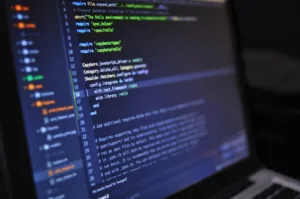
The ransomware variant Ransom.Win32.SODINOKIBI.YABGC (a member of the REvil/Sodinokibi family) poses a significant threat to Windows environments despite its relatively low distribution rates. This technical analysis explores its infection vectors, encryption behaviors, and mitigation strategies, providing actionable insights for security teams.
Executive Summary
Ransom.Win32.SODINOKIBI.YABGC primarily infiltrates systems via malware-dropped payloads or drive-by downloads. While its prevalence is limited, its impact is severe—encrypting files while strategically avoiding critical system directories. Security solutions like Microsoft Defender and Trend Micro detect this variant, but proactive measures such as offline backups remain essential for mitigation.
Infection and Execution Tactics
The ransomware employs multiple techniques to establish persistence and evade detection:
- File Dropping: Creates ransom notes (
{Encrypted Directory}\{Appended Extension}-readme.txt) and modifies desktop wallpapers to pressure victims. - Registry Manipulation: Adds entries under
HKEY_LOCAL_MACHINE\SOFTWARE\BlackLivesMatterand alters auto-login credentials if executed with the-smodeparameter. - Process Termination: Targets security tools (e.g., Sophos, Veeam) and common applications (e.g., Excel, Firefox) to prevent interference with encryption.
Encryption and Evasion Techniques
The malware avoids encrypting system-critical files (e.g., .dll, .exe) and directories like Windows or Program Files. It supports command-line parameters for stealth (-silent), speed (-fast), and Safe Mode execution (-smode), enhancing its evasion capabilities.
Detection and Mitigation Strategies
Detection relies on behavioral indicators (e.g., registry changes, mass file encryption) and signatures from vendors like Trend Micro and Microsoft. Remediation requires:
- Isolating affected systems to prevent lateral movement.
- Restoring files from offline backups.
- Removing malicious registry entries (e.g.,
BlackLivesMatterkeys).
Implications for Security Teams
Red teams can emulate Sodinokibi’s tactics (e.g., process injection, registry persistence) in adversarial simulations. Blue teams should monitor for unusual file modifications or terminated processes. Threat researchers should analyze its evasion techniques, such as Safe Mode execution.
Conclusion
While Ransom.Win32.SODINOKIBI.YABGC isn’t widely distributed, its targeted encryption and evasion mechanisms demand vigilance. Organizations should prioritize endpoint detection, offline backups, and regular AV updates to mitigate risks.





